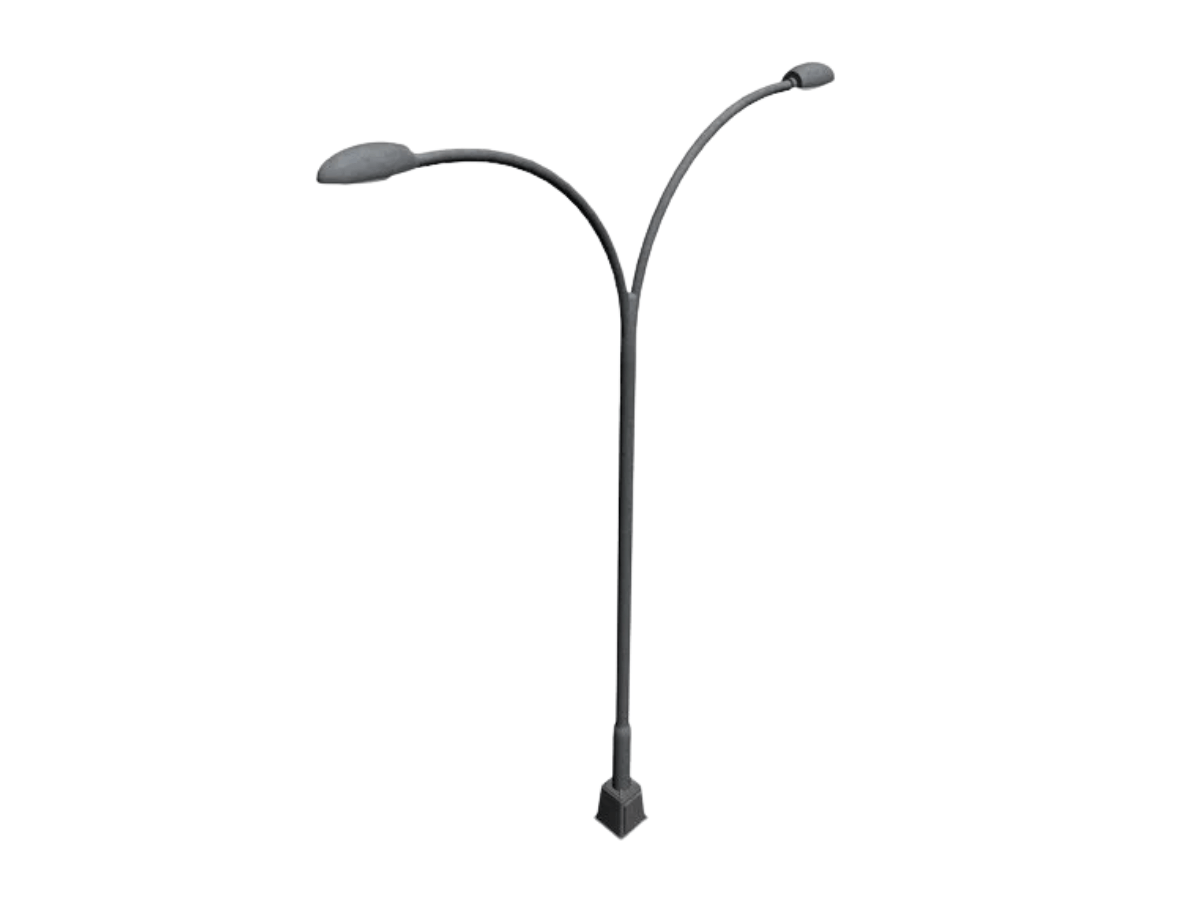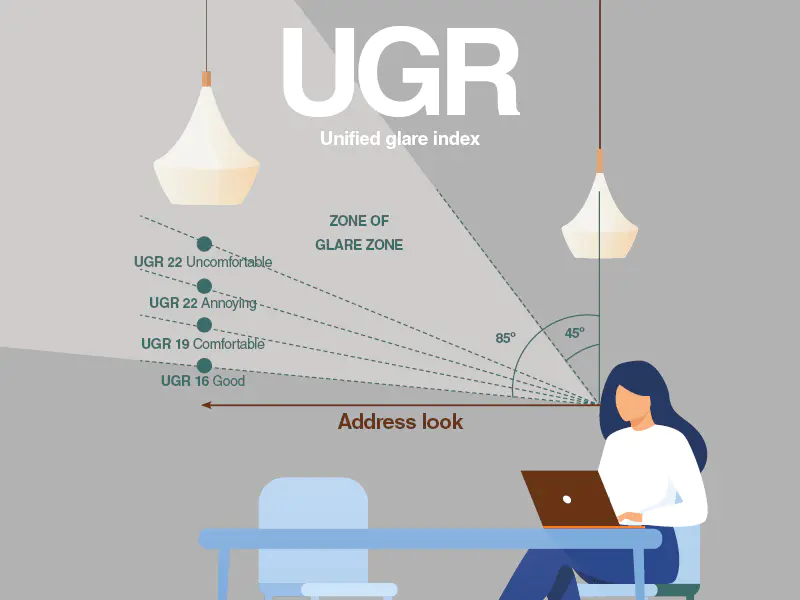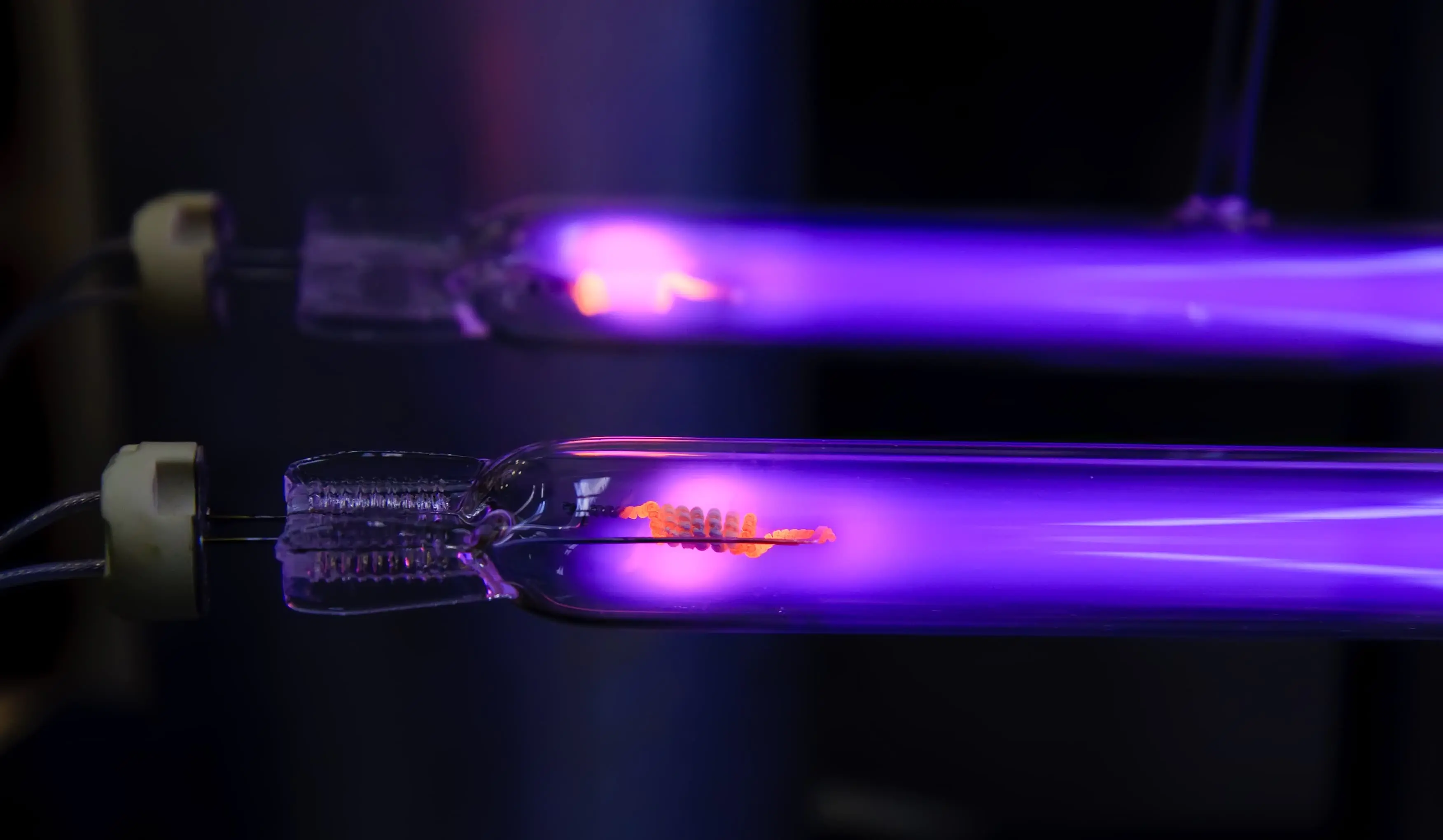Are you considering upgrading your street lights to LED lighting? If so, you’re likely wondering what the difference is between LED street lights and normal ones.
LED street lights are more efficient than normal street lights and can provide more control over lighting levels, which provides a range of benefits. However, they also tend to be more expensive than traditional street lights, so you need to decide if the long-term savings are worth the upfront cost.
In this blog post, we will examine the key differences between two products to help you make an informed decision about which one is right for your needs. Keep reading to learn more!
A Quick History of Lighting
The history of lighting has been a long and varied one, with different types of lights being invented over the centuries. Lighting has been around since prehistory, when humans first began using fire to light their way.
600 BC
The first form of artificial light came about in 600 BC when a Chinese chemist named Tien Lu invented an early type of lamp. This lamp used animal fat as fuel, and it burned with a bright flame that could be seen for miles.

1809
In 1809, Humphry Davy developed the first electric arc light. This light was created by passing an electrical current through two carbon rods placed close together. Arc lights were used for street lights and to illuminate large spaces such as factories and theaters.

1879
In 1879, Thomas Edison developed the incandescent light bulb. This bulb used a thin wire filament that glowed white-hot when electricity passed through it. Incandescent bulbs are still used today, although they are being phased out in favor of more energy-efficient LED lights.

20th Century
The advent of the 20th century saw a huge increase in the development of lighting technologies. With the invention of fluorescent and halogen lights, we have seen a rise in specialty bulbs such as blacklights and UV-A lamps. Even more so with the development of LED technology, people are using it for various purposes in their homes and businesses.

Today, lighting technology is constantly evolving to meet the needs of a changing world. From traditional incandescent lights to revolutionary LED fixtures, there is no shortage of options available for those looking to light their space in the most efficient and stylish way possible.
Basics of LED and Normal Street Light
LED stands for light-emitting diode, and it is an energy-efficient type of lighting that uses less electricity than traditional bulbs. LEDs are small semiconductor devices that are designed to create light when a current passes through them. They have a long life span and can be used in many different applications, including street lights.
On the other hand, normal street lights are the traditional incandescent bulbs that you see in most cities and towns. These bulbs use electricity to heat a thin wire filament, which produces light as it gets hot. They are less efficient than LED lights, but they are still widely used because of their affordability and low maintenance costs.
So, while LEDs may be the way of the future when it comes to street lighting, there’s no denying that normal street lights still have their place in the world. Both types of lighting have their pros and cons, but both are necessary for providing illumination in areas where it’s needed.

How Does It Work: LED Street Light vs Normal Street Light
When it comes to the technical nitty-gritty of how LED street lights and regular street lights work, there are several key differences. This includes the way they generate and emit light and the types of energy used.
LED Street Lights
- Light-emitting diodes (LEDs) are used to produce light by passing electricity through a semiconductor material.
- More efficient than traditional lighting, generating up to 90% less heat and using at least 50% less energy.
- LED street lights dramatically reduce energy consumption and costs.

Normal Street Lights
- Use high-pressure sodium (HPS) bulbs to produce light, passing electricity through a wire filament until it glows and emits light.
- Much less efficient than LEDs, with up to 90% of the energy being wasted as heat rather than visible light.

Overall, LED street lights are more efficient and cost-effective than traditional street lighting. They use less energy, generate less heat, and last significantly longer than HPS bulbs. This makes LED street lights a great choice for anyone looking to reduce energy consumption and costs while still providing plenty of light.
Key Differences Between Normal and LED Street Light
The debate between types of street lighting has been going on for some time now. Many people are looking to upgrade to the latest and greatest technology, while others want to stick with what they know works. So, what’s the difference between these two types of street lighting?
Cost
Normal lights use high-pressure sodium lamps, whereas LED street lights are much cheaper to operate. LEDs require less wattage but produce more light while using less energy. This means you can save up to 75% on monthly utility bills with an LED system compared to traditional lighting.
Maintenance
The maintenance required for LED street lights is much lower than that of normal lighting systems. LEDs need minimal cleaning and do not require frequent bulb replacements, which can often be a hassle with traditional lighting systems. Additionally, the long lifespan of LEDs means you won’t have to worry about costly repairs or changing out bulbs as often.
Brightness
LED street lights provide more efficient lighting, offering clearer visibility and brighter light. This makes them ideal for areas where there is a need for increased illumination, such as parking lots or public parks. LEDs are able to produce a much higher lumen output than normal street lights, making it easier to see at night.
Environmental Impact
LED street lights are much more environmentally friendly than traditional lighting systems due to their lower energy consumption. This means they generate less heat, reducing the amount of carbon emissions released into the atmosphere. In addition, LEDs produce cooler light, which reduces the risk of wildlife being harmed by intense heat from normal lighting systems.
Safety
Finally, LED street lights provide an added layer of safety for pedestrians and drivers alike. The bright light produced by LEDs can help reduce the risk of accidents by providing increased visibility in low-light areas. Additionally, many LED street lights come with built-in motion sensors or dimming capabilities to further improve safety.
Overall, LED street lights offer a wide range of benefits over traditional lighting systems. From cost savings and easier maintenance to improved visibility and safety, LED street lights are an ideal choice for anyone looking to upgrade their lighting system. Contact us at Vorlane to learn more about how LED street lights can benefit home or business.
LED Street Light vs. Normal Street Light: Pros and Cons
When assessing the pros and cons of LED street lights versus normal street lights, it’s important to consider all the factors that come into play.

LED Street Light
Pros:
- LEDs are much more energy-efficient than traditional lighting systems and require less wattage while providing better illumination.
- LEDs offer longer lifespans compared to high-pressure sodium and metal halide lamps.
- LEDs don’t require frequent maintenance, and they are more reliable in difficult weather conditions.
- LEDs can be programmed to dim or switch off after a certain period of time.
Cons:
- The initial cost of installing LED street lights is higher than that of regular street lights.
- LED lights produce a bluish-white light, which can sometimes be harsh for night-time activities.
Normal Street Lights
Pros:
- Traditional lighting systems are less expensive than LED street lights in the short term and have been around longer, so people are familiar with them.
- The light emitted from these lamps is warmer and more pleasant for people engaging in night-time activities.
Cons:
- Normal street lights are not as energy-efficient as LED lighting systems and require more wattage to provide the same level of illumination.
- They offer shorter lifespans than LEDs, resulting in frequent maintenance and higher replacement costs.
- Traditional lamps require more power to light up during adverse weather conditions.
When it comes to choosing between LED street light and normal street lights, ultimately, it comes down to what works best for your particular needs. Carefully weigh the pros and cons to ensure you’re making an informed decision. If you need assistance deciding between LED street light and normal street lights, contact us at Vorlane. We would be glad to help you!
5 Factors To Consider When Choosing Between Normal and LED Street Light
While LED street lights offer many advantages over traditional lamps, there are still some important factors to consider when choosing between normal and LED street lighting these include:
| Lighting Requirements | Different types of LEDs can produce different amounts of light, making it important to match the lighting requirements with the type of LED being used. |
| Cost | LED street lights may be a better option as they last longer and use less energy. |
| Light Output | LED street lights typically produce more light than traditional street lights |
| Maintenance | LED street lights typically require less maintenance than traditional street lights, so if you do not want to spend a lot of time and money on maintenance, LED street lights may be the way to go. |
| Installation | LED street lights as they typically require less installation work than traditional street lights. |
#1 Lighting Requirements
LEDs have many advantages over traditional lights, but it is important to choose the right type of LED light for the application at hand. Different types of LEDs can produce different amounts of light, making it important to match the lighting requirements with the type of LED being used.
#2 Cost
Another factor to consider when choosing between normal and LED street lights is cost. LED street lights are more expensive than traditional street lights, so if you are on a budget, traditional street lights may be the way to go. However, if you are looking to save money in the long run, LED street lights may be a better option as they last longer and use less energy.
#3 Light Output
LED street lights typically produce more light than traditional street lights, so if you need a lot of light for your home or business, LED street lights may be the way to go. However, if you do not need a lot of light, traditional street lights may be a better option as they will not use as much energy.
#4 Maintenance
LED street lights typically require less maintenance than traditional street lights, so if you do not want to spend a lot of time and money on maintenance, LED street lights may be the way to go. However, if you are okay with spending more time and money on maintenance, traditional street lights may be a better option as they typically last longer.
#5 Installation
If you are comfortable with installing on your own, then either type of light may be a good option for you. However, if you want someone else to install the street lights for you, then you may want to choose LED street lights as they typically require less installation work than traditional street lights.
Choosing between normal and LED street lighting is not easy. With the right information and a little research, you can make an informed decision that will save money, reduce energy consumption, and create a more sustainable environment. At Vorlane, we are here to help you make the right choice for your business. Contact us today to learn more!
5 Buying Tips About Normal and LED Street Lights
To ensure you get the best value for your money, it is important to consider these factors when buying street lights.

#1 Quality
Always check for the quality of lighting fixtures and confirm their resistance. LED lights are much more durable, so investing in them will be a better choice for long-term usage.
#2 Light Intensity
Always check the lumen output of the lights and buy accordingly. LED lights generally have a better lumen output than normal street lights, which means they will be brighter and more effective in lighting up the area.
#3 Price
Street lights can vary widely in price, depending on the type, quality, brand and wattage. LED lights are usually more expensive than normal street lights but they will provide you with greater savings in the long run because they are much more energy-efficient.
#4 Installation Cost
Always factor in the installation cost when calculating the total price. The installation cost for LED lights is usually much lower than normal street lights, so it pays to shop around and compare prices.
#5 Warranty
Always check for the warranty on the lights before buying. LED lights usually come with a longer warranty period than normal street lights, so make sure to take advantage of this.
Following these buying tips will help you make an informed decision when it comes to street lighting and ensure that you get the best value for your money. LED lights may be more expensive upfront, but they will provide you with greater savings in the long run due to their energy efficiency. So don’t be afraid to invest in them!
For more information on why LED street lights are better. Watch this video!
Lighting the Future: Innovations in LED Street Light Design
The world of street lighting is on the brink of a revolution, thanks to groundbreaking advancements in LED technology.
Energy Efficiency Reimagined
Today’s LEDs are marvels of efficiency, shining brighter while consuming less power. This leap forward promises cities significant savings and a smaller carbon footprint, illuminating streets without weighing heavily on budgets or the environment.
Smart Lights, Smarter Cities
Imagine street lights that respond to the world around them. With smart controls, LEDs now adjust their brightness based on the presence of people or vehicles, or the time of day, optimizing safety while conserving energy.
Beyond Illumination
Modern LED street lights are not just about lighting; they’re multifunctional pillars of urban infrastructure. From emergency call buttons to environmental monitoring, these lights are equipped to serve communities in more ways than one.
A New Spectrum of Possibilities
The latest LEDs can adjust their color temperature, reducing glare and minimizing light pollution. This innovation respects both human circadian rhythms and the natural world, making our cities safer and more livable.
Design Meets Functionality
Sleek, modern designs integrate seamlessly into urban landscapes, while improved light diffusion techniques ensure a comfortable, glare-free experience for all.
As we step into the future, these innovations in LED street light design are not just brightening our streets—they’re transforming our cities, making them more efficient, safer, and in tune with the needs of their inhabitants.
Conclusion
LED street lights may be a new technology to some, but they are becoming increasingly more popular for their energy efficiency and long lifespan.
If you’re still not sure about the benefits of LED street lights or would like more information on our products, please don’t hesitate to contact us at Vorlane. We would be happy to answer any questions you have and help you make an informed decision about your lighting needs.







